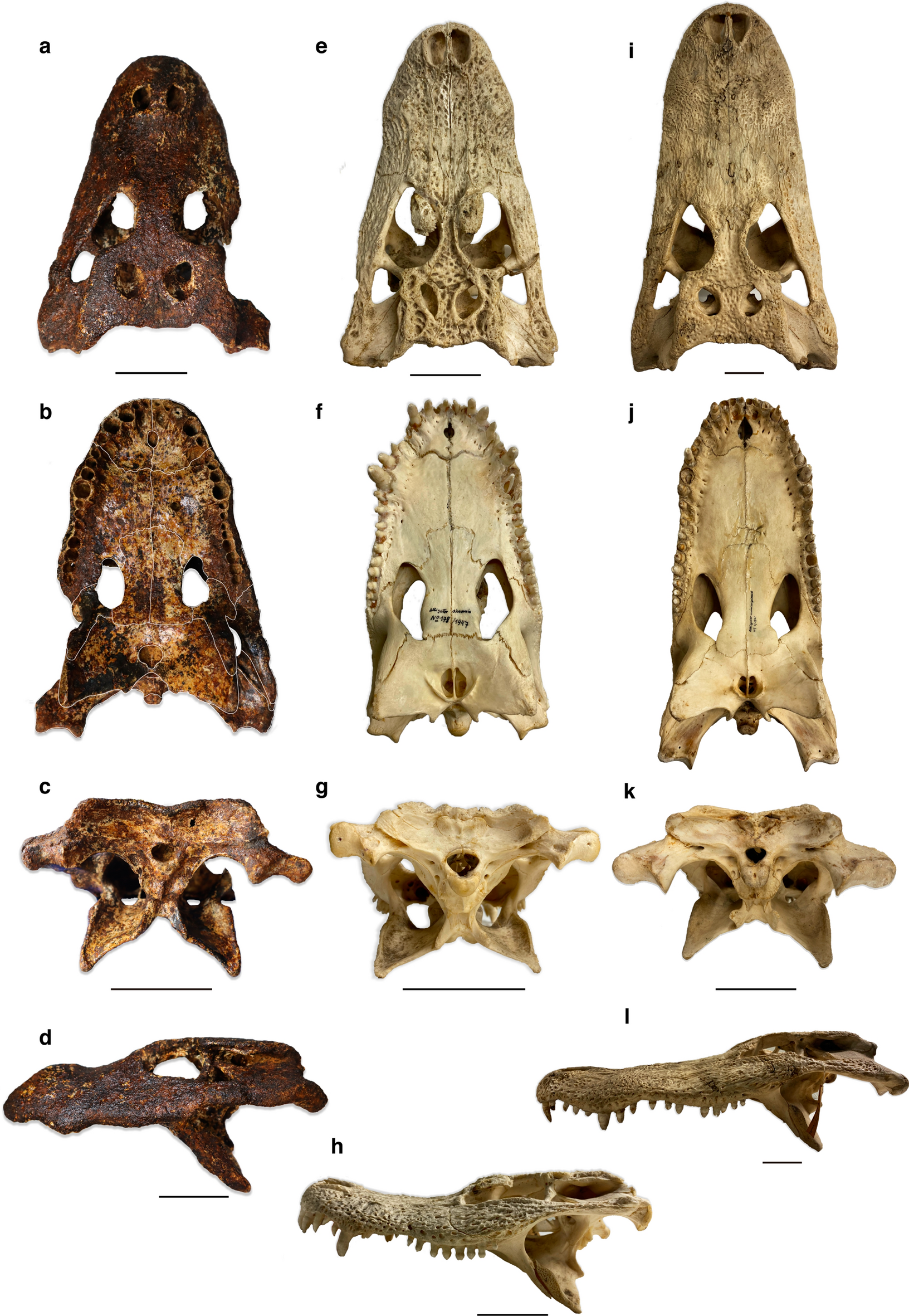How businesses can cultivate wisdom
We probably all know wise people, mentors and leaders who possess a certain perspective that radiates out and makes us appreciate their presence in our lives. But it can be hard to pinpoint the source of their wisdom. Sometimes it feels like wisdom is one of life’s little secrets, left only for wise people to truly understand.
Fortunately, Monika Ardelt has dedicated herself to revealing these secrets. For decades, Ardelt, a professor of sociology at UF, has studied what makes people wise and how this quality benefits wise individuals and their communities. Her research has established the essential components of wisdom and developed ways to measure the trait.
Ardelt has recently turned her attention to studying wisdom in organizations and businesses to understand how institutions can cultivate wisdom that benefits themselves and their communities. Wise organizations can deepen employee connection to the firm, reducing turnover and improving their work.
So we asked Ardelt about her latest research, which she published recently in the Business and Professional Ethics Journal with her graduate student Bhavna Sharma. They uncovered these elements of organizational wisdom and how businesses can ensure they act wisely.
Q: What is wisdom?
A: Wisdom includes three components: cognitive, reflective and compassionate. This is the three-dimensional wisdom model I developed based on earlier research by neuropsychologist Vivian Clayton.
Wise people don’t necessarily know more than other people, but they understand the deeper meaning of their knowledge and of life in general. They know about themselves, they know who they are. They know about their strengths, but they also know about their weaknesses. They also know how to interact with other people.
This introspection requires the reflective component. Wise people look at events from different angles. This also includes looking at yourself from different angles. In this way, one can judge oneself a little bit more objectively, see one’s own weaknesses. By seeing our own weaknesses, we might become more tolerant of the faults of others.
This tolerance reduces our own ego and therefore makes us more compassionate, which is the third dimension.
Those three dimensions work together and reinforce each other.
Q: What are the benefits of wisdom for individuals?
A: Wise individuals are able to look at things from different perspectives, develop compassion for others and for themselves and have a deeper understanding of life. People are better able to deal with the vicissitudes of life and hardships. Therefore, wise people tend to be more content and satisfied with life.
Q: What makes an organization wise?
A: The ultimate goal of a wise organization is to make the world a better place. That can be done through their products or services. But it’s also about providing a work environment for their employees to make a good living that helps the employees fulfill their potential and flourish.
Q: How do organizations develop wisdom?
A: In our latest study, we uncovered a particular connection to supervisor support. Having a supportive supervisor was linked to organizational wisdom and job fulfillment, which was itself associated with physical and subjective well-being. Wise organizations must develop supportive supervisors to most benefit their employees.
We also developed a new model for studying wise organizations. We merged the three-dimensional wisdom model I developed earlier with self-determination theory, which proposes that people flourish when their basic psychological needs of autonomy, competence, and relatedness are met.
In a wise organization, the cognitive dimension merges with competence. A wise organization serves and benefits all stakeholders. They want to benefit their customers, their employees, the surrounding community, and the environment.
The reflective element of wisdom is reflected in the autonomy fostered by an organization. Wise organizations don’t treat their employees as pieces of machinery. They treat their employees as human beings and give them enough autonomy to decide how they want to do their work. And wise organizations give their employees enough time for reflection and recuperation so they can achieve a satisfactory work-life balance.
Lastly, the compassionate component of wisdom is tied to the relatedness nurtured in an organization. Organizations bolster relatedness by fostering an ethical and moral culture. This culture creates fairness, appreciation and respect for all employees. Fair pay is one component, because pay inequity does not create a feeling of togetherness but a feeling of separation.
Q: What are the benefits of being a wise organization?
A: You can imagine that an employee who feels fulfilled and energized at their job is more likely to give their all. In this way, wise organizations avoid high turnover or “quiet quitting” and hold on to employees that are committed to the organization.
But this is something we’re still testing. One particular question we have is: Does a wise organization succeed, particularly in the long term? We see some companies, like Purdue Pharma (which was fined heavily for misleading the public about the addictiveness of the opioid OxyContin), that were not acting wisely and have suffered for it. Is the reverse true as well, that wise organizations thrive over time? That’s something we want to answer.
JOURNAL
Business and Professional Ethics Journal
ARTICLE TITLE
The Benefits of Wise Organizations for Employee Well-Being

